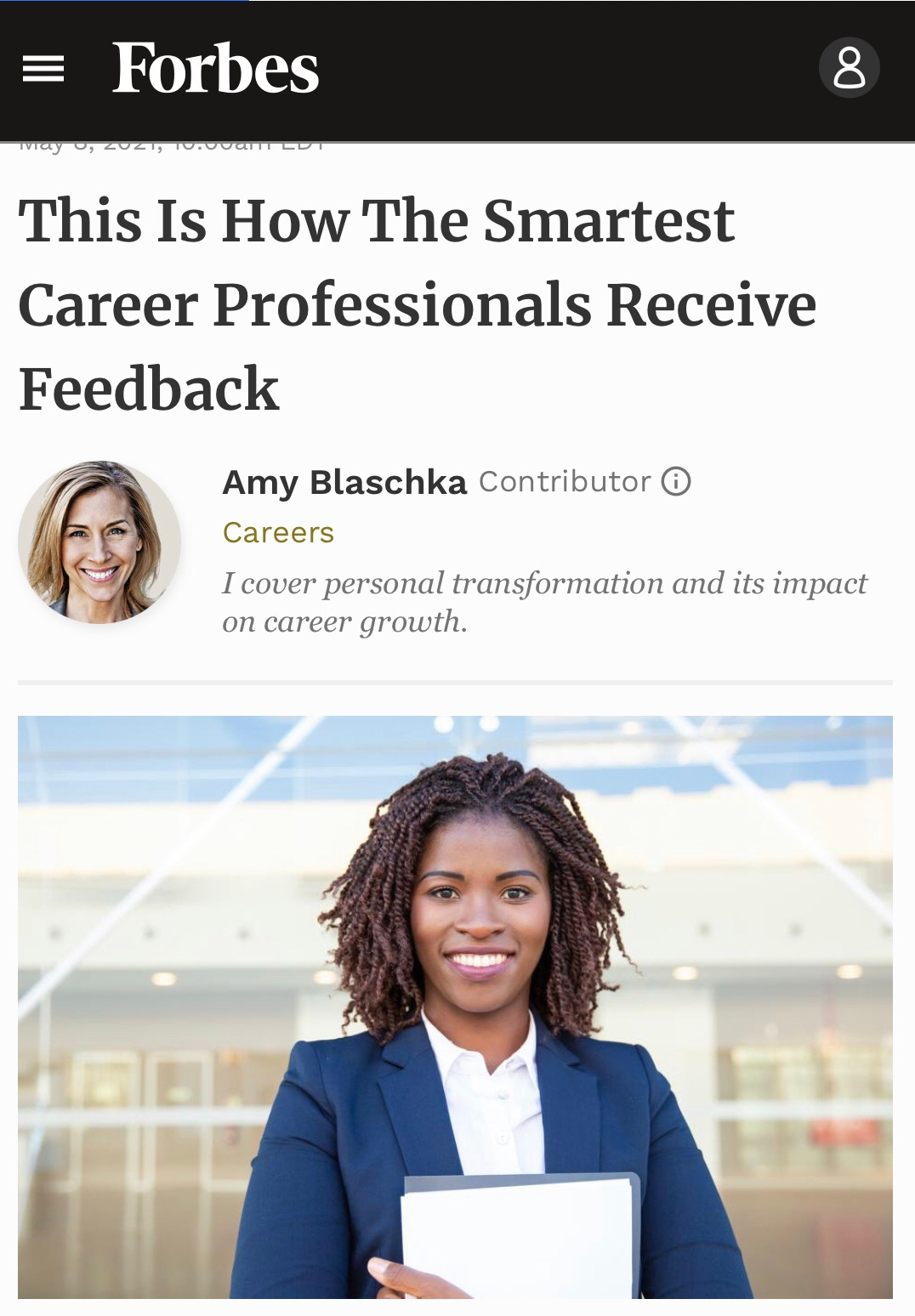For my birthday, I gifted myself an annual subscription to MasterClass, which touts itself as a place “where anyone can learn from the world’s best.”
And boy, do they deliver on that promise!
I’m one of those people who loves to learn, and when I find a topic or person who intrigues me, I go ALL IN.
(Maybe you’re that way too?)
So, after watching former FBI top hostage negotiator and current badass Chris Voss teach the art of negotiation, I bought his book, Never Split The Difference, and followed him on LinkedIn, Twitter, Instagram, and Clubhouse. I also subscribed to the newsletter that his company, The Black Swan Group, puts out.
Needless to say, I’m a super fan.
But why would a writer be so interested in a hostage negotiator?
For me, the people who have the greatest impact are those who not only teach us something we didn’t know before but also make us think—or in many cases, re-think what we thought we knew.
It’s one thing to learn a new piece of information; it’s another to be able to apply that insight to your world to spur further aha moments.
Though his master class was billed as a course on negotiation, Chris Voss is teaching EQ; he’s probably the most emotionally intelligent hostage negotiator on the planet.
Many of the techniques he uses in negotiation are rooted in neuroscience and psychology (two of my absolute faves!), including the work of famed psychologist and creator of emotional intelligence, Daniel Goleman.
Interestingly, negotiators used to assume that getting rid of emotions would lead to more logical (read: better) outcomes. But in reality, there is no way to bypass people’s feelings, and suppressing emotions (especially negative ones) actually hinders the process.
(Spoiler alert: humans are emotional beings.)
It’s funny, but as I watched the MasterClass, I found myself pleasantly surprised that many of the techniques Voss described were things I was doing naturally with everyone, from my clients to my kids.
Voss coined the term “tactical empathy,” which he defines as “the deliberate influencing of your negotiating counterpart’s emotions for the ultimate purpose of building trust-based influence and securing deals. The ways you employ your voice, labels, mirrors, and dynamic silence all contribute to tactical empathy.”
Look, I’m not saying I’m ready to be placed in a high-stakes hostage situation, but the communication tools rooted in trust, curiosity, empathy, and intellectual humility are right up my alley.
But even if they weren’t, one phrase that Voss mentioned in the first class stood out to me so much that I jotted it down as a key insight (kinda like the one I always quote from Sasha Strauss):
“Awkwardness is an indication of learning.”
It’s not always easy to open yourself up to the possibility of learning a new skill or method, especially if it’s counter to what you’ve always been taught.
But as we all know, there is no growth in our comfort zones; we need to challenge ourselves to think differently by intentionally feeding our brains new stimuli.
To learn, be innovative, or creative requires us to be open to the possibility that we don’t know it all. Perhaps there’s an alternative way, or maybe there’s something new to be discovered from taking existing information and applying it to our world in new ways.
The bottom line?
If it feels weird, you’re probably on the right track.
Another thing that feels weird but helps us improve? Embracing the feedback we receive. In my latest Forbes article,* I share how the smartest career professionals do it before, during, and after a review.
Here’s to embracing the awkward!
Shine on,
Amy
P.S. Hey—did you know I share fresh new content (with occasional #TBT pieces) Monday-Friday across the interwebs? Get first dibs by following me on LinkedIn, Twitter, and Instagram, and on Forbes to get notified of my new articles. (I’m also on Clubhouse if you dig that audio-only kind of thing.)
P.P.S. When I’m not writing this newsletter or being a Chris Voss super fan, I’m a social media ghostwriter. (Yep, that’s a thing). I help founders, entrepreneurs, and CXOs craft their stories to communicate and connect better by magnifying their reach and impact. (Think personal branding and thought leadership.) Learn more here.
P.P.P.S. One more thing: I absolutely love your taste in newsletters—thanks for subscribing! 😉 Be sure to check out the archives to catch up on previous issues, and feel free to share this one with your friends. Or better yet, invite them to join our Illuminate Me tribe!
*And yes, if you’re paying attention—and I know you are, my clever friends—my last three Forbes articles have been on the topic of feedback. The first was on delivering it; the second on requesting it. With the latest on receiving it, we’ve completed the Forbes feedback article trifecta. (Say that three times!)








